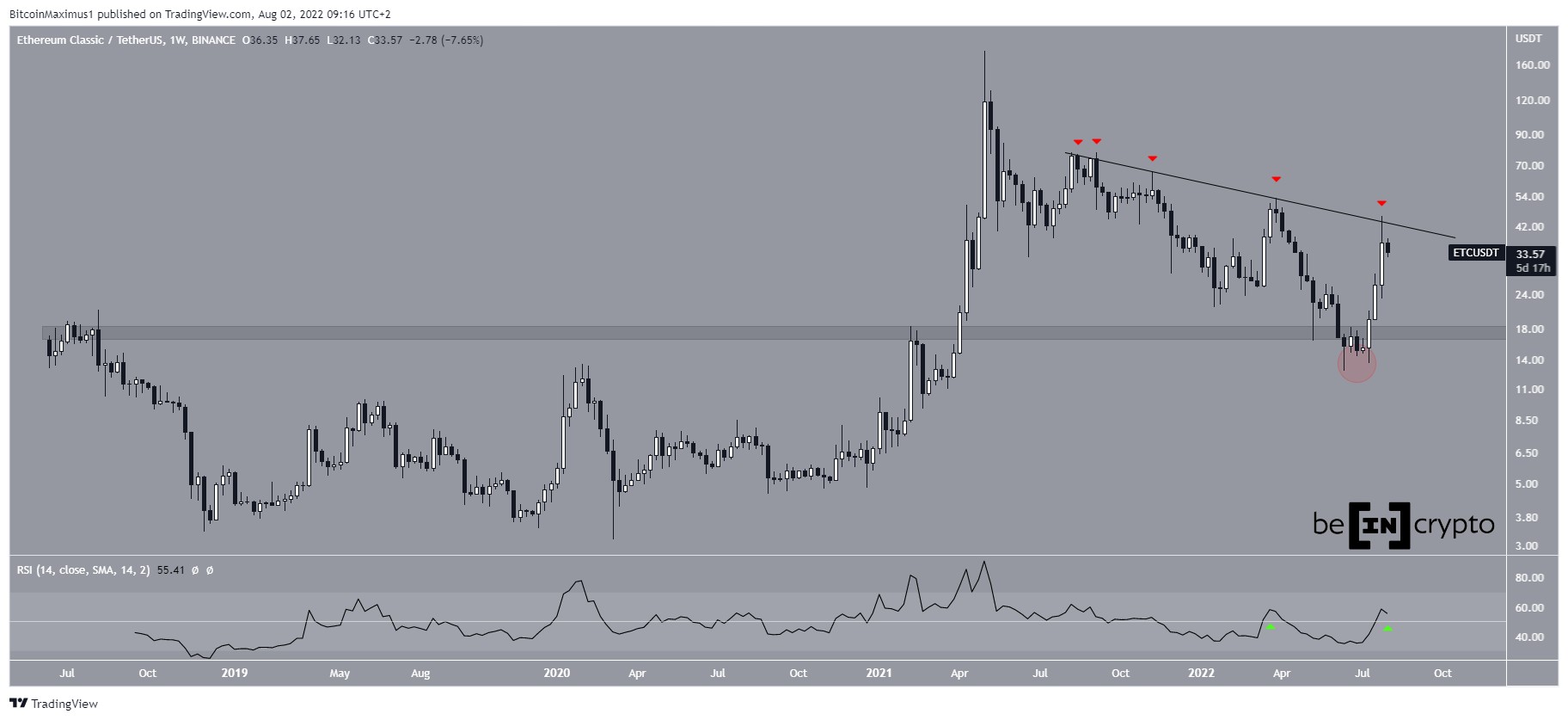2020-8-21 00:15 |
In a published document on August 19, the ETC accelerator, Ethereum Classic Labs, released proposed solutions to further secure the network after two successive 51% attacks earlier in the month. The proposed plan, as mentioned before, will roll out in the next three to six months, with some of the security measures coming immediately.
Immediate changes to guard 51% attacksThe first immediate change to guard against these attacks is the implementation of ‘defensive mining.’ This will work through miners and mining pools cooperation to prevent attacks by raising the hash rate and maintain a consistent mining hash rate making it harder to pull off 51% attacks.
An enhanced monitoring service across the network will also harmonize the mining of ETC to prevent spikes in hash rate and keep in check prices across the mining pools. Monitoring the blockchain will further assist in quick identification of anomalies on the network. Notwithstanding, ETC Labs will closely work with exchanges in whitelisting services and work on implementing longer and safer confirmation times.
The ETC Core development team is also advocating for the immediate implementation of the ‘Permapoint’ finality arbitration system aiming “to inhibit chain reorganizations while maintaining consensus among nodes aggressively.”
The long term strategyThe long term security plan will be more community-driven as it will impact the core of the blockchain, the statement reads.
First option circles around increasing the resistance to 51% attacks with the Pirl Community proposing an introduction of ‘penalty blocks’ through ECIP 1092. This states that instead of the standard auto synchronizing of any offline pre-mined chain branch, “the new protocol should require peer proposing the longer and heavier chain to mine the penalty blocks.” This makes a 51% attack through chain reorganization more expensive and time-consuming. This could take up to 3 months to implement.
Secondly, a total change of current proof-of-work (PoW) system to either Keccak-256 or RandomX is proposed. Currently, ETC uses the same mining algorithm as Ethereum – Ethash – and a move to a new algorithm could help the blockchain “step out of the shade of the Ethereum network.” This is estimated to take up to 6 months to implement if the testnet works.
Also Read: OKEx Considers Delisting ETC After $5.6M Loss Due to a 51% Attack
origin »SIRIN LABS Token (SRN) íà Currencies.ru
|
|



